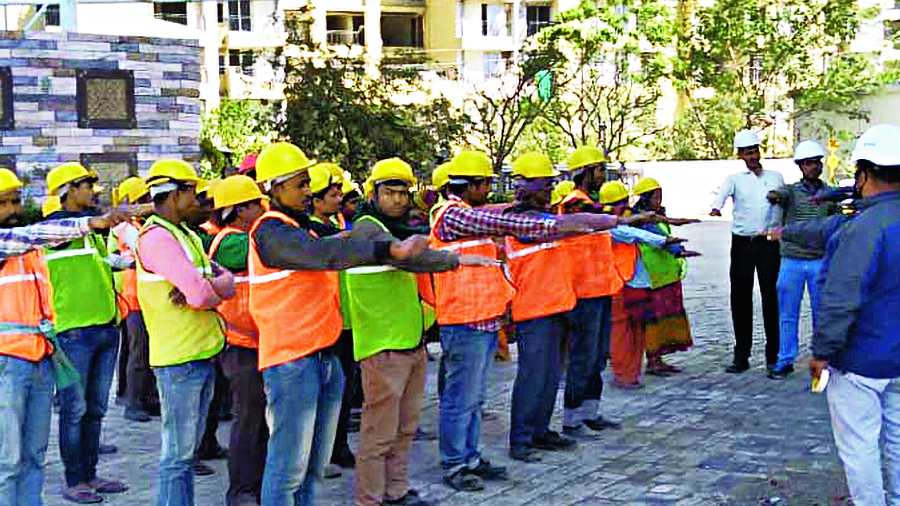The trend of out-migration from Bengal — often linked to the lack of employment opportunities in the state — is back in different districts after the Covid-19-induced gap of two years.
Senior government officials and elected representatives at rural bodies in a number of districts admitted that they were witnessing the exodus of workers, who had returned home after the lockdown, to their old workplaces in different states in northern, southern and western India in the past few months.
“Hundreds of workers have left for other states and more are following them these days. This is because of the lack of employment opportunities in rural areas, especially because jobs are not available under the 100-day work scheme after the Centre held up the release of funds. Also, the higher wage rate in other states is encouraging them to leave their native places,” said a senior official of the Cooch Behar district administration.
Bengal has been a net out-migrant state — which means the number of people coming to Bengal in search of jobs is less than the number of people leaving the state looking for employment — since the time of the Left Front government.
Data suggest Cooch Behar, Malda and North Dinajpur districts in the northern region and Murshidabad, Birbhum, East Burdwan and Purulia districts and parts of rural areas in Hooghly and Howrah districts in the south send the maximum number of workers.
Lakhs of migrant workers had returned to Bengal during the pandemic as the lockdown had resulted in job losses.
As workers had started returning from other states, Bengal chief minister Mamata Banerjee had announced that they would be provided with jobs under the 100-day rural employment scheme and a one-time grant of Rs 50,000 would be given to those who were interested insetting up businesses of their own.
Many of the returnees had started working under the scheme and some had set up small businesses. Job opportunities dried up at villages because of the non-disbursal of funds by the Centre under the Mahatma Gandhi National Rural Employment Guarantee Scheme. Besides, paddy has just been sown in the state and it will take weeks before the crop is harvested. Further, many of those who had started small businesses with the state’s grant did not succeed.
“Right now, there is no major need for additional workers in agricultural fields. Altogether, there is hardly any option at villages to earn daily wages. That is why I moved to Tamil Nadu last month as I had no other option to feed my family,” said Lalu Sheikh from Murshidabad, a district that alone has around four lakh migrant workers.
Along with him, 20 others from neighbouring villages left for Tamil Nadu, he said.
Abdullah Sheikh, 24, from Madhya Mashaldanga village of Cooch Behar district, had left for Gurgaon with his parents a month ago. He said in other states, the earnings were regular and higher. “My father and I work as masons while my mother serves as a housemaid. Every day, we make a minimum earning of Rs 1,500 and can save a decent amount in a month. In Cooch Behar, the wage rates are as low as Rs 200and there is no guarantee that we will get a job every day,” he said over the phone.
In his village, there are around 300 families. Among them, at least one member from over half of the families migrated to some other state for a job in the past couple of months, the youth said.
A similar rush of workers to return to north Indian states, where they had once worked in the construction industry, was also noticed recently in several parts of Nadia.
A large number of people from Ranaghat 1 and 2 blocks, Hanskhali block, Tehatta 1 and 2 blocks, Karimpur, and Chapra migrated to work in construction and jewellery sectors.










